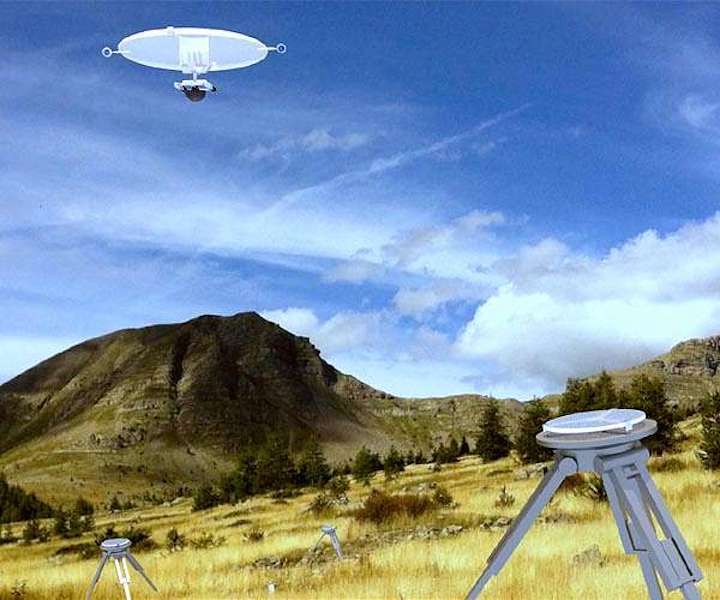23.03.2020

Optical astronomy techniques are constantly evolving. The largest telescopes being planned around the world are now reaching 40 m in diameter for their primary mirror. However the methods, materials and financing capabilities that have enabled the production of such colossi reach their limits.
A new camera design, using arrayed telescopes, could capture images of celestial objects simultaneously and with great detail, a study released on Wednesday said.
The camera would potentially allow hypertelescopes, small units arranged in multi-field patterns, instead of standard telescopes with a single and massive mirrored lens, to obtain of planets, pulsars, and distant galaxies outside the solar system.
"A multi-field hypertelescope could, in principle, capture a highly detailed image of a star, possibly also showing its planets and even the details of the planets' surfaces," said Antoine Labeyrie of the Observatoire de la Cote d'Azur and pioneer of the hypertelescope design.
"It could allow planets outside of our solar system to be seen with enough detail that spectroscopy could be used to search for evidence of photosynthetic life."
A report published Wednesday in the journal Optics Letters described optical modeling results verifying that the multi-field design can substantially extend the narrow field-of-view coverage of hypertelescopes developed thus far. It envisions small devices placed in proximity, with computers joining images and offering superior resolution.
A full-size version, with a wide field of view, is under construction in the French Alps. In theory, one could also be constructed in space, with numerous small mirrors, tilted so that each offers a different field of view, forming a very large concave mirror. It would focus light from a star or other celestial object and direct it to a separate, camera-equipped spacecraft.
Quelle: SD

